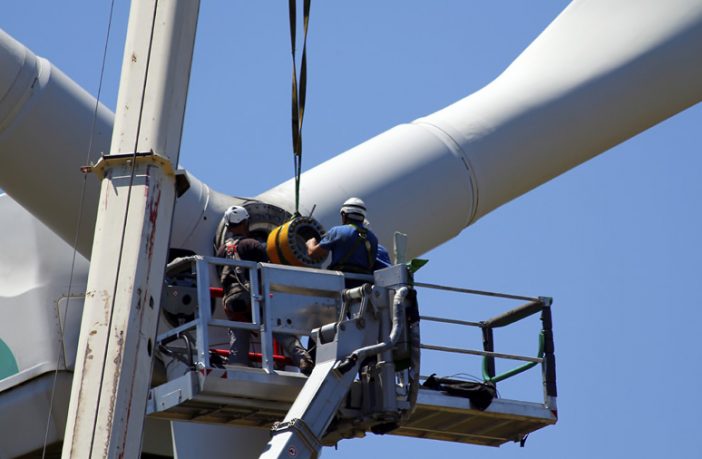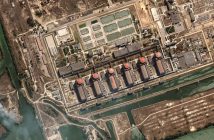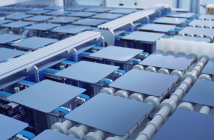- Global onshore wind O&M costs will reach nearly US 15 billion in 2019.
- Of that number, 57% – or $8.5 billion – will be spent on unplanned repairs and correctives caused by component failures, according to new research by Wood Mackenzie Power & Renewables.
- The evolution of digital technology has led to a proliferation of services across the O&M wind energy value chain.
- Technology vendors to encourage uptake of more sophisticated digital technology beyond basic monitoring and production forecasting.
Commenting on the research, Daniel Liu, Wood Mackenzie Power & Renewables Principal Analyst, said: “Tender prices for new wind turbine developments are declining globally. This has sharpened the focus on operational expenditures for wind power plants and asset owners are searching for new solutions in an effort to reduce O&M costs.
“Unplanned failures can cost the asset owner as much as $30,000 per turbine per year in terms of repairs and spare parts and up to 7 days’ worth of lost production per year – not including production losses caused by pre-emptive shutdowns or long delivery times for materials, equipment and technicians to the affected turbine.
“Spare parts and associated logistics comprise approximately 50% of the direct costs associated with unplanned repairs. Capital components alone – gearboxes, generators and blade – can cost up to $10,000 per turbine per year in replacements.”
Is digitalisation the way forward?
As noted in the Wood Mackenzie Power & Renewables report, the evolution of digital technology has led to a proliferation of services across the O&M value chain. Remote monitoring and diagnostics tools used to identify turbine failures and provide turbine performance are widely used by most asset managers.
Advanced digital technology, such as data analytics and machine learning allow more sophisticated asset management actions to provide end-to-end optimisation of maintenance costs, logistics and spares and energy production.
“For all the touted benefits offered by digital technology, adoption rates by asset owners are mixed. Many of the leading asset owners only deploy a basic form of digital technology and cases of full digital ecosystem deployment are rare.
“Data analytics platforms need excellent historical datasets to produce quality forecasts and analytics. This can be difficult to obtain, due to organisational hurdles, the time required to digitise and data control by OEMs and other groups. Some leading self-performing asset owners prefer instead to rely on their operational experience and heavy personnel engagement to manage assets, with some asset owners in the North America shunning digital technology altogether.
“In quite a few cases, the basic economics do not always stack up for digital solutions. Deployment costs for retrofitting a complete ecosystem to existing fleets and operations ranges into the hundreds of thousands of dollars per site. While CMS, drone inspections, and performance monitoring have proven use cases and are widely deployed, the cost vs. benefit equation is one of the key barriers to deployment for more sophisticated technologies – with some having a payback period up to 7 years or longer,” continued Mr. Liu.
The path to mass adoption lies with technology vendors
Mass deployment across the global turbine fleet will increase the value position of digital technologies. “The onus, however, is on technology vendors to encourage uptake of more sophisticated digital technology beyond basic monitoring and production forecasting. Determining the right strategy to push digital technology uptake requires an understanding of asset owner needs and risk appetite.
“Presently, all leading OEMs and full scope ISPs offer digital technology products alongside specialist vendors and some self-performing asset owners. Each type of vendor has a preferred business model, and each model is better suited for a certain asset owner class that encourages uptake of digital technology. New entrants have considerably less resources and operational history, making their products a riskier proposition for asset owners. Start-ups with innovative technology may find their way to success via acquisition with both OEMs and self-performers.
“The future success of digital technology requires navigating the key hurdles for each stakeholder. OEMs, technology developers and asset owners have specific needs and service strategy requirements, which hinder uptake of digital technology. The issues of development, operational, and financial risk can only be solved by full stakeholder engagement with all parties,” added Mr. Liu.
Author: GBA News Desk
Source: Wood Mackenzie











